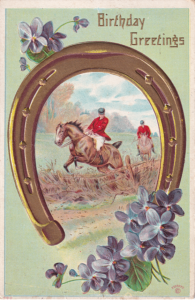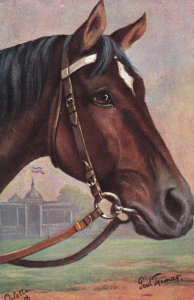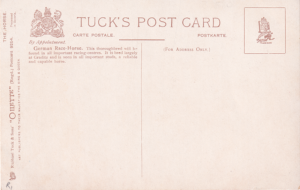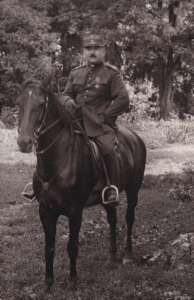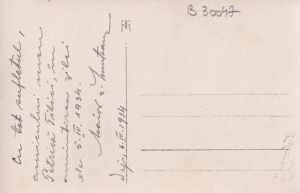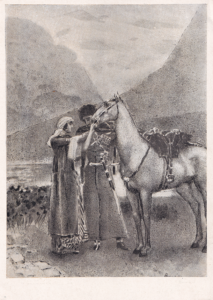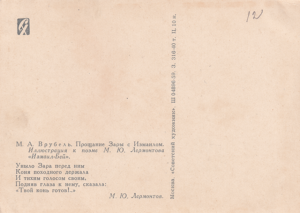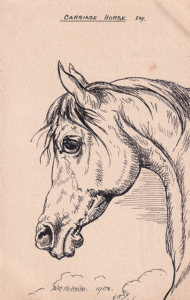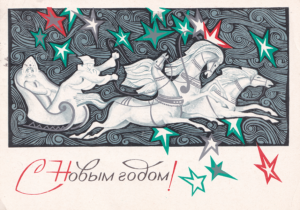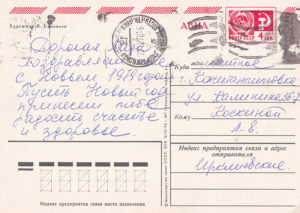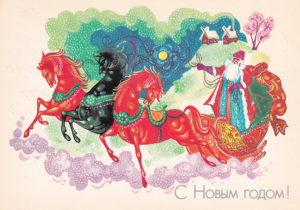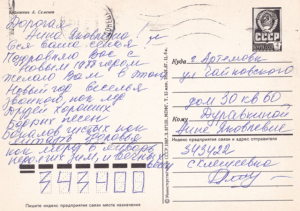Grazing horses in Mongolia.

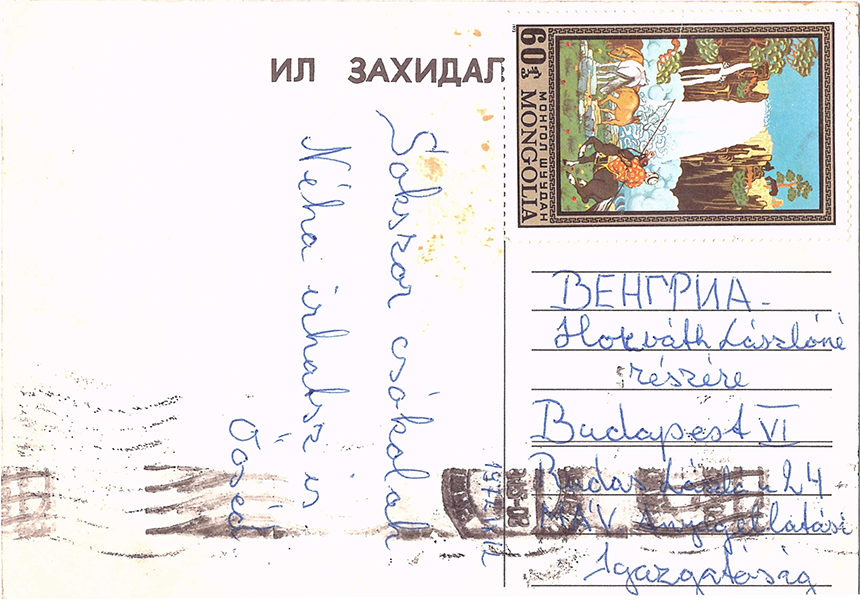
Reverse side of the postcard.
More information
Grazing horses in Mongolia.
Mongolia has a long history of pastoral nomadism, where herders rely on their livestock, including horses, for their livelihood. Horses are allowed to roam freely and graze on natural pasturelands, known as steppe, which provide abundant grasses and vegetation for their sustenance.
The vast and open landscapes of Mongolia offer extensive grazing areas for horses. The steppe, characterized by vast grasslands, rolling hills, and meadows, provides ample grazing opportunities for horses to feed on the diverse plant species available.
In order to ensure adequate grazing, Mongolian herders practice a seasonal migration known as "nomadic transhumance." They move their livestock, including horses, to different grazing areas depending on the time of year and the availability of fresh pasture. This allows horses to access new grazing lands and ensures sustainable use of resources.
Mongolian herders have a deep understanding of sustainable grazing practices. They carefully manage the number of horses in their herds to avoid overgrazing and maintain the health of the pasture. They also employ rotational grazing, where horses are moved to different areas periodically, allowing the vegetation to regenerate.
Date
1972.
Culture
Mongolia.
Classification
Postcard.

